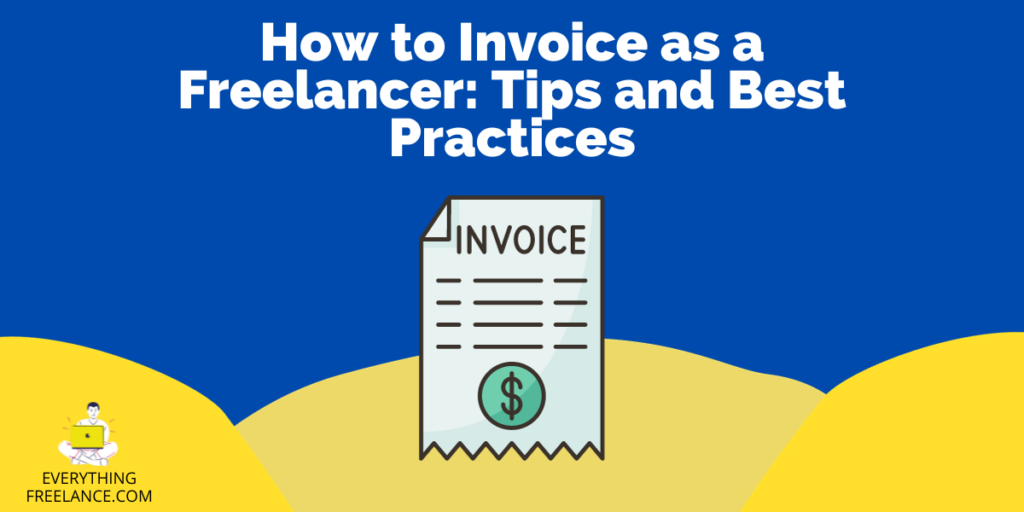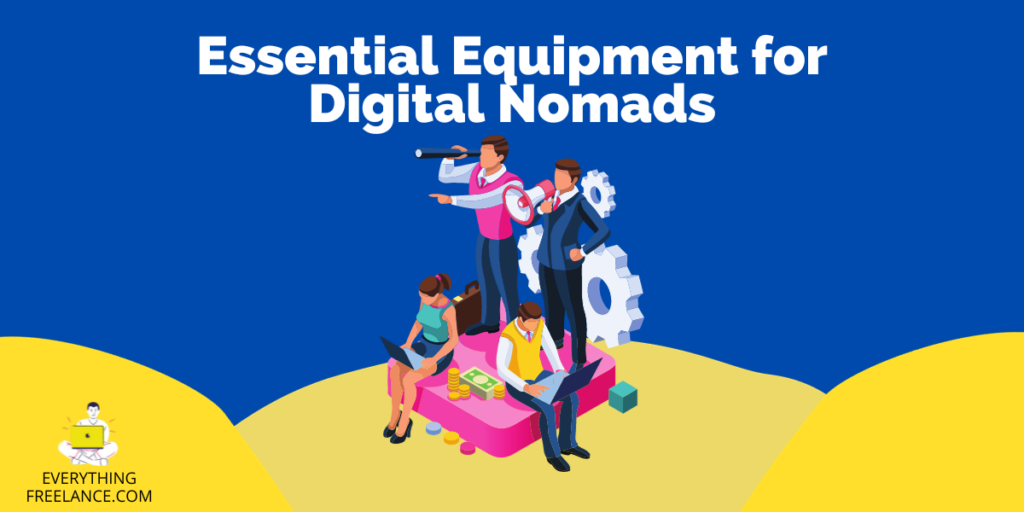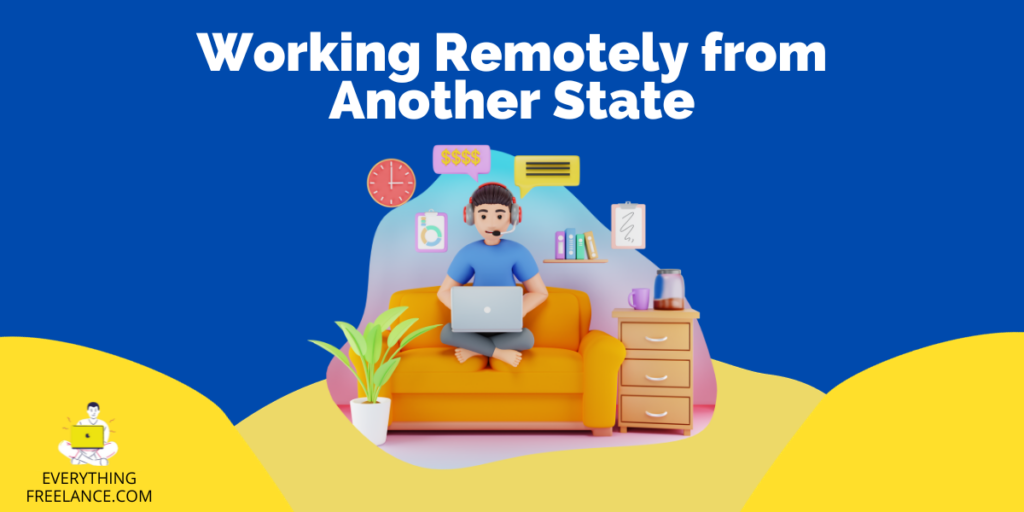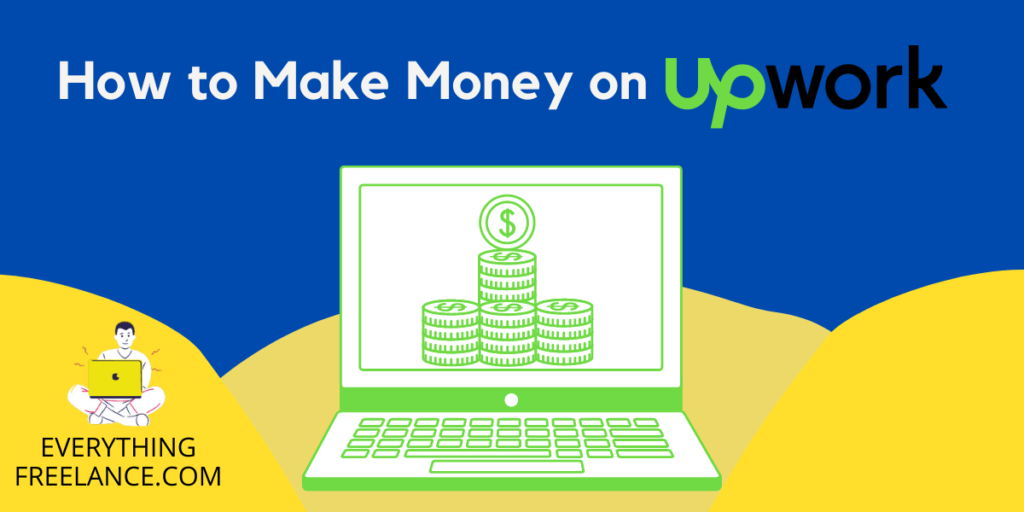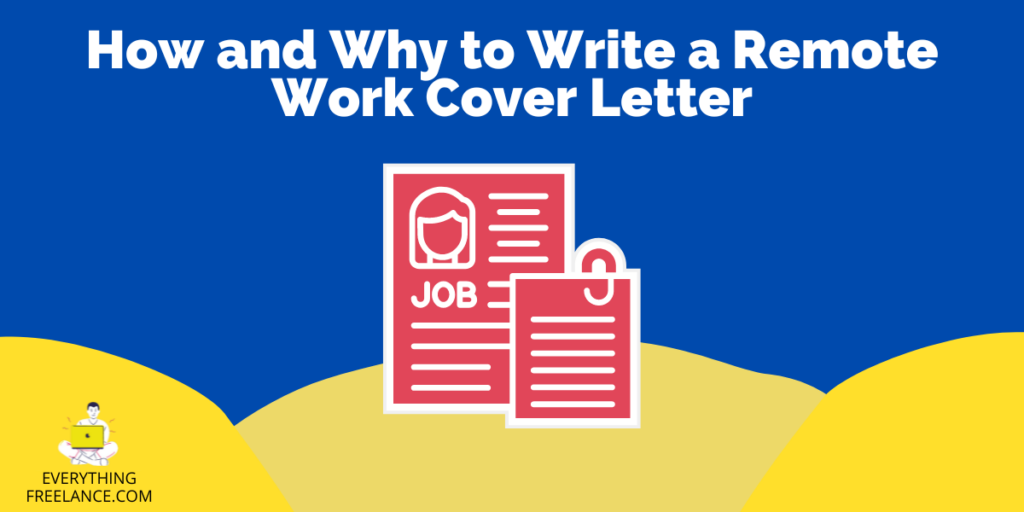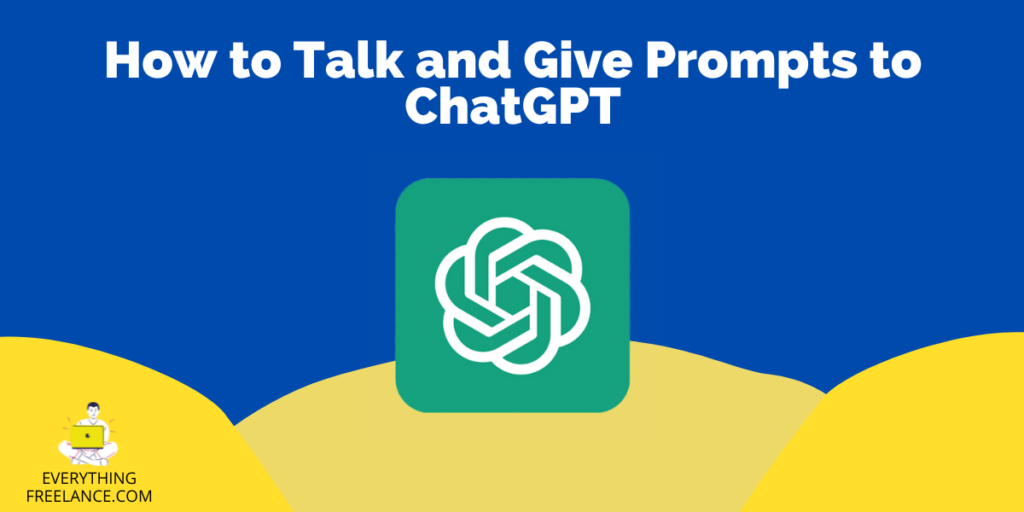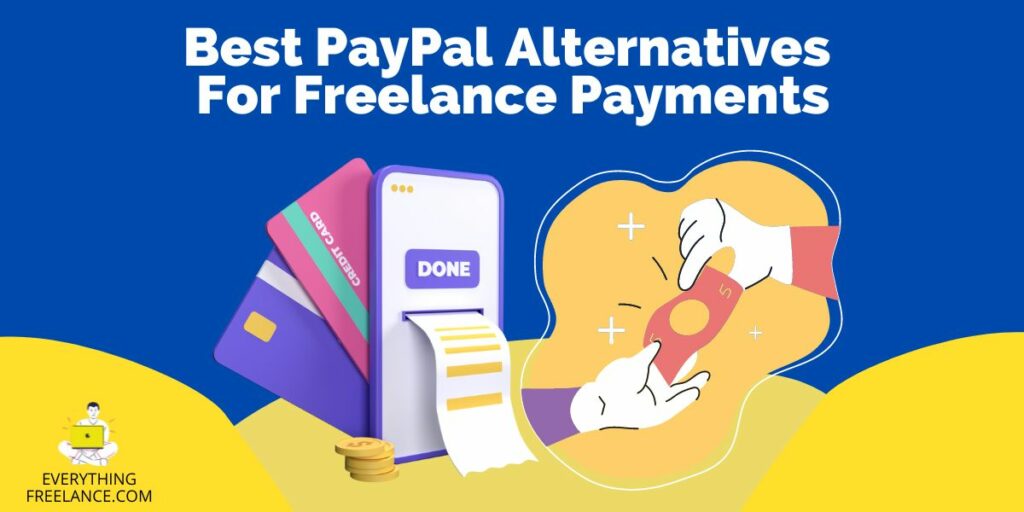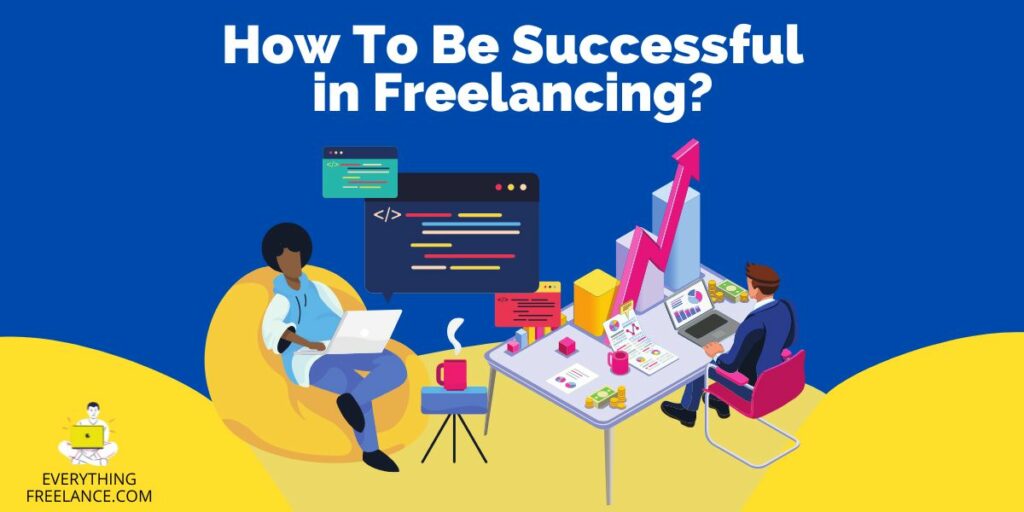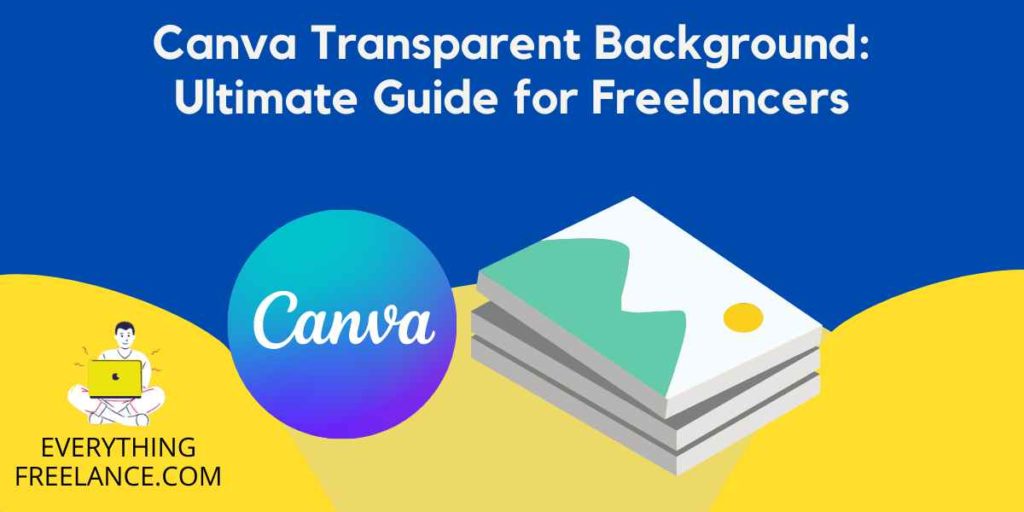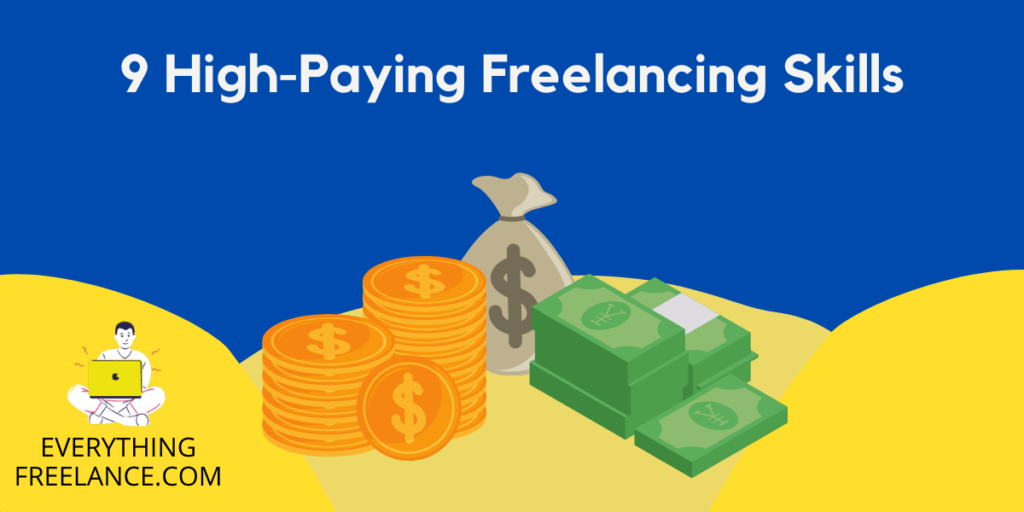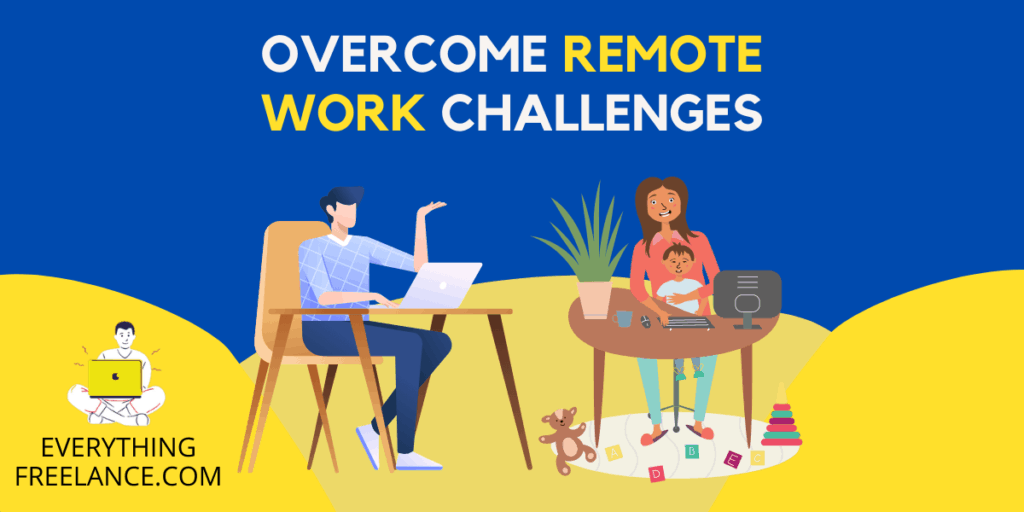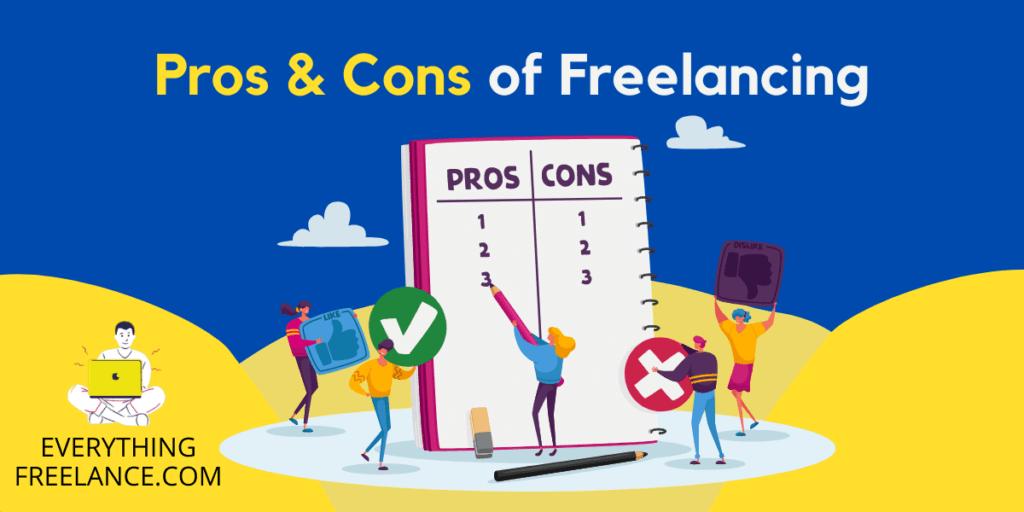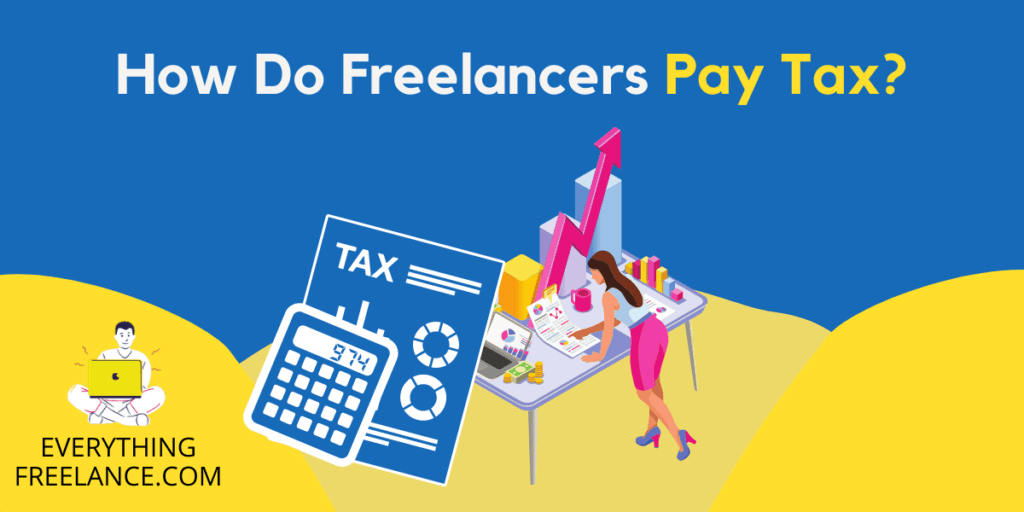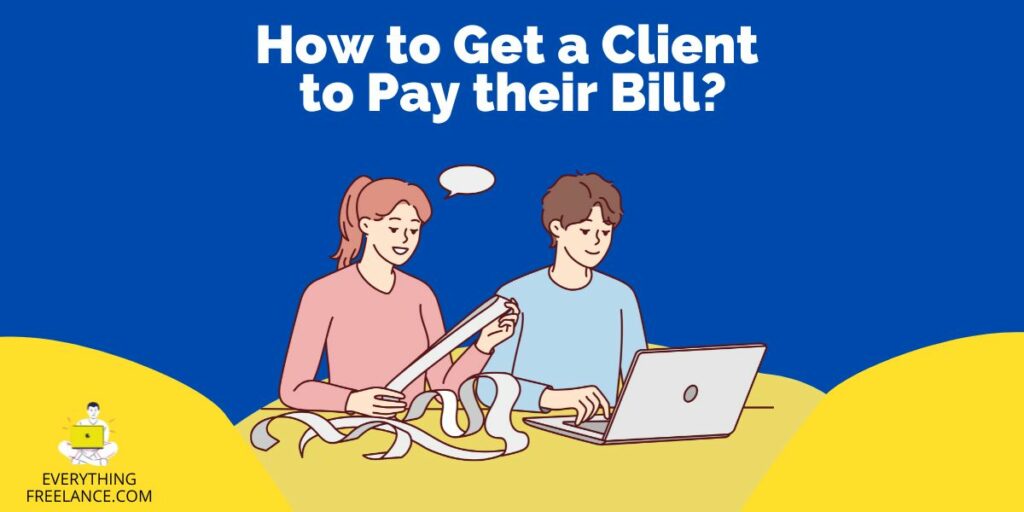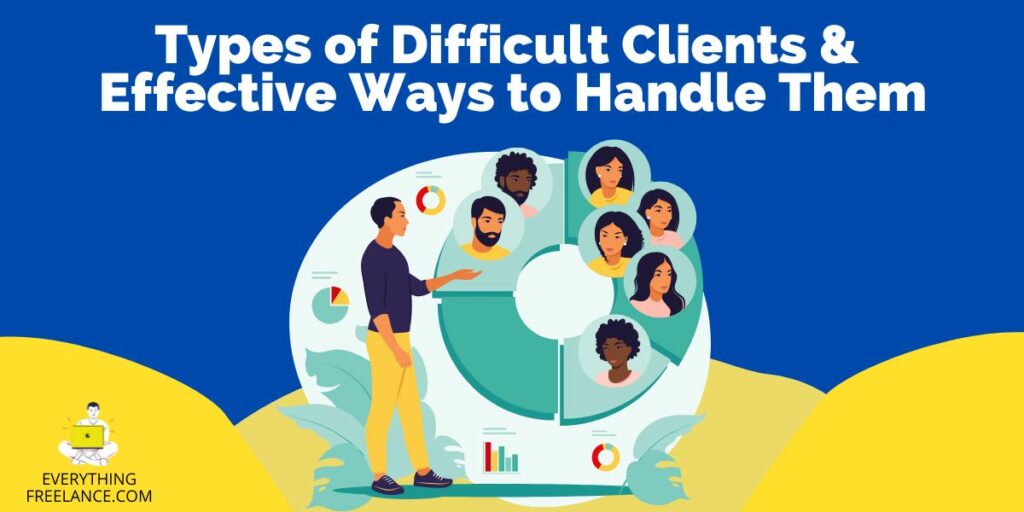The interest in freelancing is constantly increasing, and experts see a bright future for the industry of $6.7 billion in total worth by the end of 2025. How can it not be when the average net monthly salary for a freelancer in the US estimates at $6,269?
However, we cannot ignore the fact that such research found that over 60% are unsatisfied with their job salaries. One of the leading issues in freelancing is the salary. Many struggle to determine the appropriate fee that will be adequate for the time and effort they put into the projects. Many feel underpaid or guilty when they propose different rates.
If you don’t know how to price your services as a freelancer or struggle with them. We’re breaking down the main pricing models in the freelance industry and determining the freelance rates according to a given formula.
So, let’s begin!
Identify the Framework – Hourly/Project-based
You have two different ways to assign your pricing rates: hourly or per project. The freelance audience online is divided into two opinions when it comes to the freelance day rate vs hourly rates because both come with their own strengths and weaknesses.
We decided to review them both, so check them out below!
What are the Pros and Cons of Hourly Pricing?
The advantage of hourly pricing is that the total price of the project is usually always bigger than when charged per project. Additionally, the client respects your time more with this type of pricing, and they won’t be nagging you with questions and meetings because every second counts.
One significant downside of hourly pricing is that once you get better with the service you offer, you will deliver better results faster and faster, but the salary remains the same. However, if you have a contract with your client, the hourly rate should be increased accordingly.
What are the Pros and Cons of Project-based Pricing?
One of the best perks of charging per project is that it’s easier to increase the freelance rates than hourly pricing.
But, this type of pricing is more complex because it involves elaborate estimations to ensure you don’t end up underpaid, so it’s not a beginner-friendly pricing model.
How to Decide Your Hourly Rate?
There’s a simple formula that determines freelancer hourly rates, which requires finding the X and Ys. First, you need to estimate your fixed monthly expenses. That’s the X, and let’s say it’s $3,000.
Then, you establish a working pattern or the Y. Do you plan on working for 8 hours for 5 days or less? In our example, we’ll take 8 hours Monday to Friday because it’s a generic pattern.
Finally, you use the X and Y to estimate your weekly and monthly working hours as in the example in the bracket:
8h * 5 days = 40 hours per week 20 days * 8 hours = 160 hours per month |
Once you’ve established your working hours, we can estimate your costs. To do so, you need to multiply your costs by 3x and then divide the total amount by 160.
3x $3,000 = $9,000 $9,000 x 160hs = $56.25 |
Your hourly rate should be around $56.25.
We stick to this formula because it proved to cover your expenses, considering any situation, including sick or catch-up days. It’s important to always leave room for such days because anything can happen, but you still must be on time with your delivery. That’s rule number one in becoming a successful freelancer.
How to Estimate Your Project-based Rate?
When determining your project-based rate, you have to be careful with the estimation to include everything because you might not meet the deadline or get underpaid for the project.
Namely, determining the project rate begins by breaking it down into three major components:
- Time: You must estimate how much time you need to complete the entire project;
- Money: You can use the hourly rate to estimate the money needed
- Project Evaluation: You must evaluate the project
Basically, during the project estimation you need to figure if you’d need more people to include to complete the task which affects the time and vice versa. So, let’s see how experienced freelancers estimate the project.
Divide the Project
Firstly; you must thoroughly explore the entire project and make sure you understand everything your client wants and asks for. Then, start planning the project realization.
Usually, the easiest approach in project planning is breaking down the batch into the main components and then determining how much time you’d need to complete the batch.
Solo or Team Effort
It’s really important to be realistic because you’ll most likely fail to meet the deadline, feel burnout, and get underpaid. Also, if you’re a first-time freelancer, then you shouldn’t accept solo gigs on big projects.
If you really want a big project for experience, for example, you can create a team. However, since having more people on board affects your time, make sure to recalculate the time needed to complete the project and set a new deadline. Additionally, you need to estimate the expenses for their services.
Consider Client Meetings and Revisions
During the project, you should know that you will probably have many client meetings and expect to do revisions after completing the task. If you set a fixed price, make sure that you include the revisions in the price, as many beginners fail to do and end up feeling underpaid.
Since it takes lots of time to revise the projects, you need to estimate that 20% of the time spent on the project goes solely on revisions and client meetings.
Add Holidays to the Equation
Freelancing is the same as any regular 9-5 job. Therefore, make sure that you estimate everything that comes with it, including the holidays. Take time to relax and recharge your batteries because overworking is unproductive and unhealthy for your physical and mental health.
You also need to consider unwanted scenarios like sick days or catch-up days. Sometimes you might need a bit more time to recover or get stuck with the project, so make sure that you can balance everything out and meet the deadline.
Estimate the Profit
Before we get into estimating the profit, you should have estimated the project costs by now. If you haven’t, please do so.
Once you do, you add the profit to that rate. Namely, many freelancers stick to a 10-20% profit which is normal since many others don’t add profit at all.
However, we’re still sticking to the 20% or even more, especially if you see a needy project or client in the picture. Experienced freelancers say that profit percentage can move 400%+ for some companies or high-rated freelancers.
Therefore, ensure that your job, effort, and nerves (if we have to be honest) are well exhausted because they’re the only tools that generate more money for you.
Did You Consider a Retainer Model?
Landing a trustworthy client with a retainer model is one of the best things you can do to secure a successful freelance year. Plus, making retainer models with clients certainly affects your professional image on the market in a good aspect.
Otherwise, retainer agreements are official, written contracts between a consultant, independent contractor, or freelancer and their client. By signing a retainer agreement, the customer pledges to pay you in advance and retain your services.
A retainer fee is a set amount that the customer agrees to pay in accordance with the expected volume of work and their anticipated demand for your services. The set charge may be paid in one lump sum, monthly, or annually. Many clients prefer to work with the retainer agreement, as well.
Additional Tips
Probably one of the best tips you should edge to your brain if your plan on making a living from freelancing is to never accept a bargain that’s not satisfying your prime needs. In other words, if you notice a client backing off from an offer, don’t accept the lowest because chances are they’re just scammers that don’t want to pay for the job. Instead, before you make your bargain add extra value to the rate, so it can drop to a reasonable price.
Also, the client will always ask you to lower the price, and you should never say NO to it because it sounds arrogant and tense. Treat your clients with kindness and lots of patience. That’s why saving your sanity is important in this job.
However, to make sure that you’re on the right track, we’ve picked the best tips you should turn into habits if you plan on turning your profile into a pro.
Do an A/B Test
One of the best ways to establish a good customer relationship with your clients is to run an A/B Test.
Namely, by using A/B testing, you can improve user engagement, lower bounce rates, boost conversion rates, decrease risk, and produce content more successfully. A/B testing may significantly improve your performance.
Talk to Fellow Freelancers
Talking to your fellow freelancers is a must. Although they’re your competitors, there will always be jobs for everyone if you know how to run the market, and point number one is solidarity.
You might see some freelancers charge more than you, but that’s because they’re longer in the business than you, and experience always counts in this business, sometimes even more than skills. When a client looks for a freelancer to do their project, what they read is an experienced freelancer is a person to tackle their project without so many questions and revisions. That’s the truth.
However, if you’re a beginner, you cannot let this discourage you. Instead, you should focus on your skills and offer a more affordable rate until you climb up the ladder. You can get in touch with senior freelancers who can walk you through until you can stand independently.
See How the Industry Works
Learning everything about the industry is a must if you want to compete in the freelance market, which is getting saturated daily.
Since the platform is fairly liberal, you must know that there are clients and freelancers of all types. You may run into a client that will seem promising at the beginning and then leave the project out of the blue, steal your project, or leave you penniless. Therefore, make sure the client doesn’t have access to the project until it’s finalized.
You should also be careful who you collaborate with because many have learned that lesson the hard way. Some freelancers can be so convincing and make you trust them, so accepting a collaboration is only natural. However, somewhere during the middle of a 3-month project, you might find yourself with no access to the project you’ve been working on.
Therefore, make sure that you always get a secure gig, and how do we do that? Through contracts! It’s not daunting or embarrassing, and it’s better to get paid than to hand in a project for free.
Final Thoughts
Becoming a freelancer is not for the faint of heart ones. You will have to toughen up because you will see lots of criticism, negative comments, unsolicited advice, and the list goes on. However, you can fight all that if you’re only faithful to yourself and what you do best.
For that reason, regardless if you’re a beginner or an experienced writer, you must make sure that the price rate you offer will support you, and what’s most important is that you focus on your skills. Offer agreements to clients to ensure that the client will pay for their project.
In most cases, clients are more than happy to sign an agreement because it provides some security for them, as well. If you’re an experienced freelancer, then the pricing should be in accordance with your skills and capabilities. Experience counts, and just like we used it in the examples above, make sure that it counts.
We hope you’ve found our guide useful and that it helped you learn how to price your services as a freelancer.
FAQs
Divide your target yearly pay by 52, and that’s how you know how much money you must make each week. After that, divide the sum by 40. You now have the hourly rate you need to bill customers.
The freelance charge by hour is determined by multiplying your fixed expenses by 3 and then dividing the total amount by the number of working hours in a month (160 hours for all those working 8 hours per day).
Usually, freelancers may charge a 3% project fee.
You must break down the project and determine the time needed to complete the task. Then, multiply the hours with the rate/s, depending if you have a team or a solo gig.






